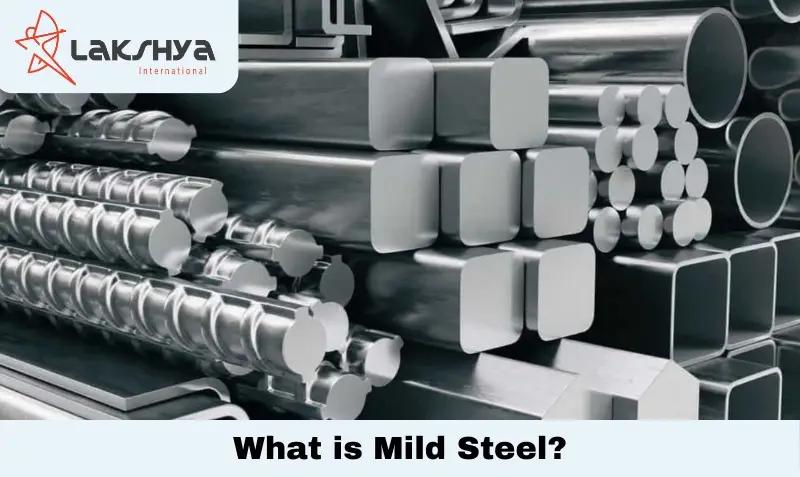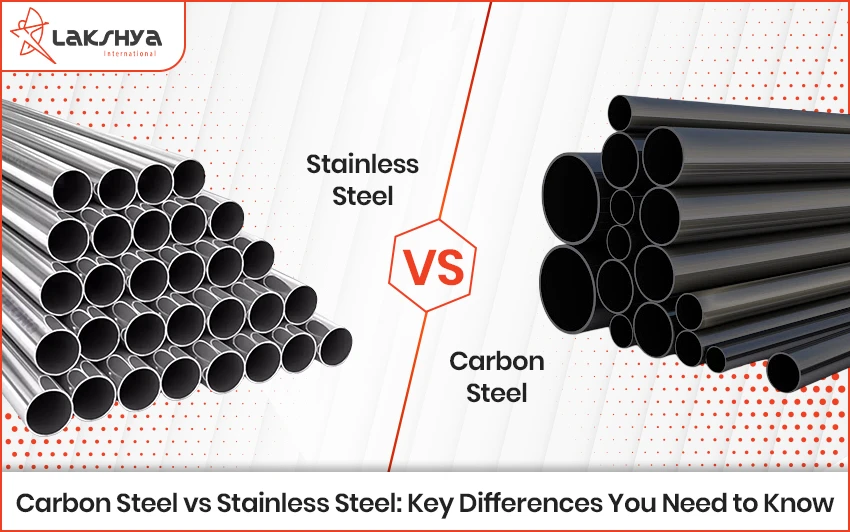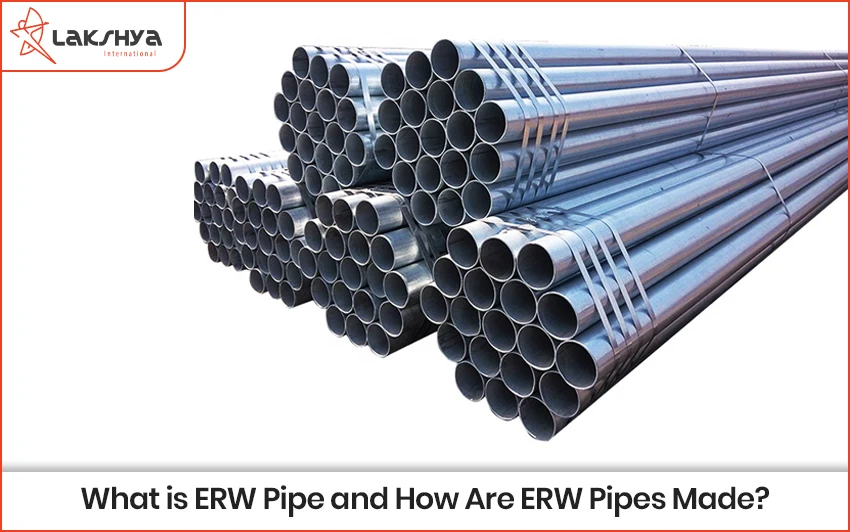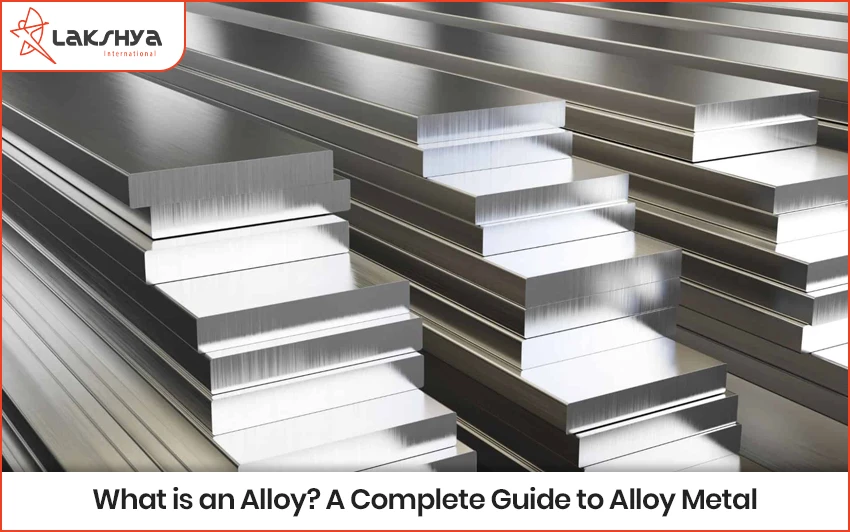Mild steel is a type of metal that’s made from iron and carbon. It’s a cheap material that works well for many general engineering uses. This kind of steel is magnetic because it has a lot of iron, so we call it ‘ferromagnetic’.
Mild steel has a carbon content between 0.16% and 0.29%, and it melts at a high temperature, between 1450°C to 1520°C. Other steels with more carbon melt at lower temperatures. Because mild steel melts at a higher temperature, it becomes flexible when heated, making it good for things like forging, cutting, drilling, and welding. It’s also easy to shape.
Having less carbon makes mild steel more flexible, easier to work with, and easier to weld compared to steels with more carbon. However, it’s hard to make it really strong by heating and cooling. Mild steel also has less tensile strength compared to high carbon and alloy steels. It’s magnetic because of its high iron and ferrite content.
Since mild steel doesn’t have elements like stainless steel do, it can rust if not protected. But because it has fewer alloying elements, it’s more affordable than other steels. People like using mild steel because it’s affordable, easy to weld, and easy to work with.
How is Mild Steel Made?
Making mild steel is kind of like making other types of steel with carbon. First, they take iron ore and coal from the ground. These are melted together in a big furnace. After melting, the mix goes to another furnace to get rid of any impurities and adjust the chemical makeup of the mild steel.
Then, the steel is left to cool and become a solid rectangular shape. This big piece of mild steel is often resized using methods like hot rolling or cold drawing, although there are other ways to do it too.
What is Mild Steel Made Of?
Mild steel is basically iron with a bit of carbon added. When we talk about low-carbon steel, it means there is less than 0.2% carbon in it, according to ASM International. The amount of carbon in mild steel varies, and different grades are identified based on this. Another thing often mixed in is manganese.
Where do we use Mild Steel?
Mild steel is a versatile material found in many industries. It’s commonly used for things like car bodies, furniture, wire, rebar, and fasteners. When we need stronger mild steel, we use it for building structures and making plating for storage tanks.
What Are the Different Grades of Mild Steel?
What is the other name of low-carbon steel? Mild steel, also called low-carbon steel, is a type of metal that has less than 0.25% carbon in it. There are different kinds of mild steel, each with slightly different qualities and used for specific things. Here are some common types:
AISI 1010: This steel has very little carbon and is great for welding and machining. People often use it for things like sheet metal.
AISI 1020: This steel has a bit more carbon and is a bit stronger than AISI 1010. It’s still good for welding and machining but can be a bit trickier to work with. People often use it for bolts, nuts, and other hardware.
A36: This is a standard type of steel that is strong and good for welding. People often use it for beams, columns, and other parts in buildings and bridges.
500B: This is a strong type of steel often used for reinforcing bars (rebar) in concrete.
The best type of mild steel for a job depends on what the project needs. It’s important to talk to an expert engineer or steel supplier to pick the right type for the job.
Mild Steel Grades
| Classification | Approximate Equivalents | Key Points |
| AISI 1008 | DIN 1.0204 | Excellent cold formability |
| AISI 1010 | DIN 1.0301 | Low strength, used for magnet cores |
| AISI 1015 | DIN 1.0401 | Wear-resistant, good machinability |
| AISI 1018 | DIN 1.0419 | Excellent for carburizing applications, good machinability |
| AISI 1020 | DIN 1.0044 | A good balance of strength and ductility, |
How Much Carbon is in Mild Steel?
Mild steel has less than 0.2% carbon in it. According to AISI (American Iron and Steel Institute), mild steel is also called low-carbon steel.
What Are the Properties of Mild Steel?
Mechanical Properties of Mild Steel
| Type of Mild Steel | Modulus of Elasticity (GPa) | Brinell Hardness | Ultimate Tensile Strength (MPa) | Yield Strength (MPa) | Elongation at Break (%) | Steel Density kg/m3 |
| AISI 1008 | 200 | 95 | 340 | 285 | 20 | 7.87 |
| AISI 1010 | 205 | 105 | 365 | 305 | 20 | 7.87 |
| AISI 1015 | 205 | 111 | 385 | 325 | 18 | 7.87 |
| AISI 1018 | 205 | 126 | 440 | 370 | 15 | 7.87 |
| AISI 1020 | 186 | 121 | 420 | 350 | 15 | 7.87 |
| S275 J0 | 205 | 121 | 430 – 580 | 275 | 21 | 7.85 |
| S355 J0 | 210 | 146 | 510 – 680 | 355 | 20 | 7.80 |
Mild Steel Chemical Composition
| Classification | Carbon Content (% Weight) | Secondary Alloying Elements (% Weight) |
| AISI 1008 | <0.1 | 0.3 to 0.5 Mn; 0.04 P; 0.05 S |
| AISI 1010 | 0.08 to 0.13 | 0.3 to 0.6 Mn; 0.04 P; 0.05 S |
| AISI 1015 | 0.13 to 0.18 | 0.3 to 0.6 Mn; 0.04 P; 0.05 S |
| AISI 1018 | 0.14 to 0.2 | 0.6 to 0.9 Mn; 0.04 P; 0.05 S |
| AISI 1020 | 0.17 to 0.23 | 0.3 to 0.6 Mn; 0.04 P; 0.05 S |
| S275 | 0.18 | 1.5 Mn; 0.030 P; 0.030 S; 0.012 N; 0.55 Cu |
| S355 | 0.2 | 1.6 Mn; 0.030 P; 0.030 S; 0.012 N; 0.55 Cu |
Density of Mild Steel?
The density of mild steel is 7.8 grams per cubic centimeter (g/cm3). This is because most of mild steel is made up of iron, which has a density of 7.87 g/cm3. If mild steel has some other elements mixed in small amounts, the density might be a bit different.
Why does Mild Steel Melt?
Mild steel turns into a liquid when it gets really hot. For this type of steel, that happens between 1450 and 1530 °C. The exact temperature depends on how much carbon and other metals are in the steel.
Get High Mild Steel Products: MS Angles / MS Round Bars / MS Square Bars / MS Channels / MS I Beam / MS Flat Bars.




